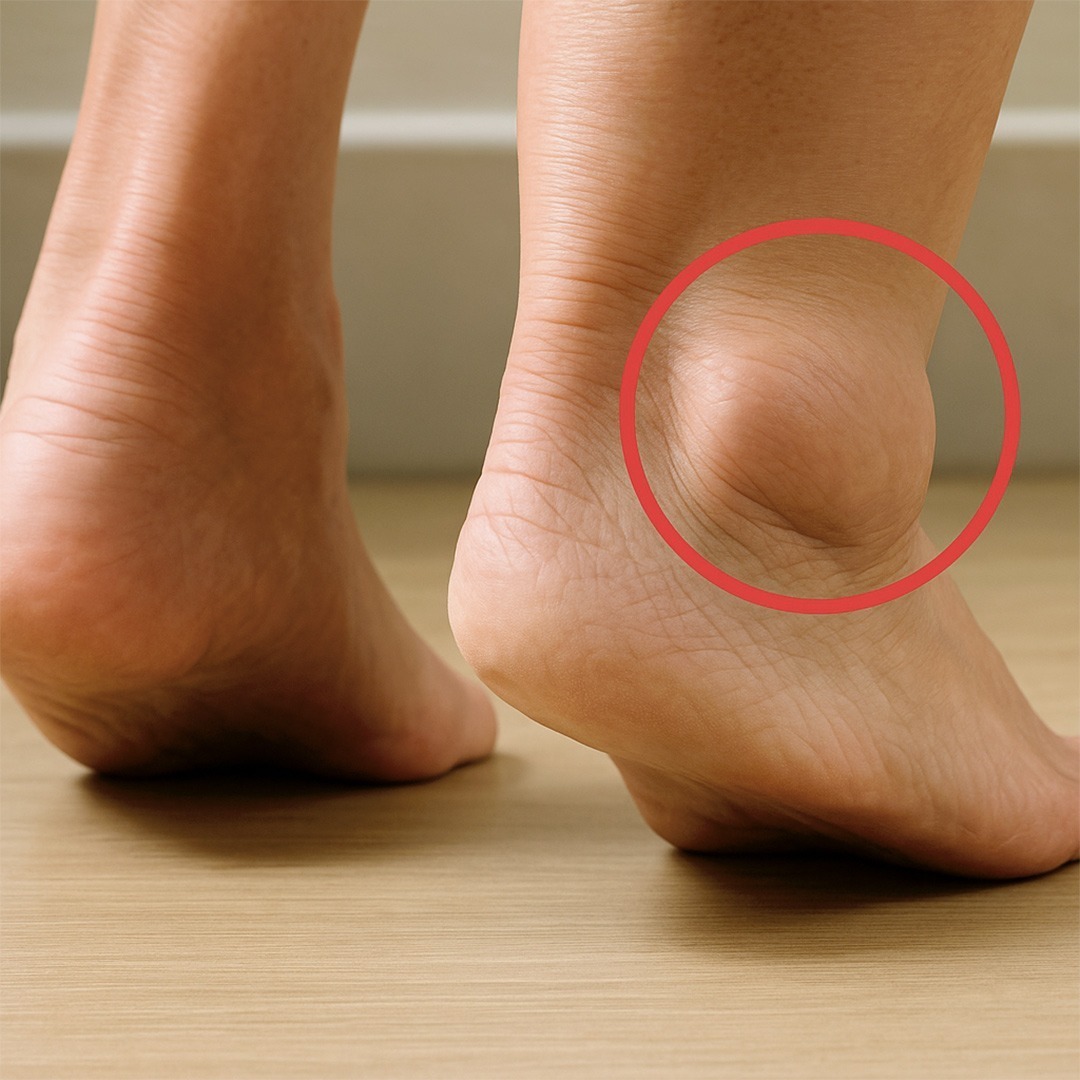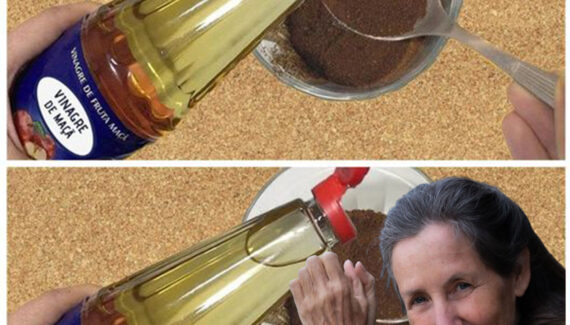
Step 2: Wear Compression Stockings
- How to do it: Use properly fitted compression stockings as prescribed.
- Why: Promotes circulation and prevents fluid buildup.
Step 3: Exercise and Movement
- Simple exercises: Ankle pumps, walking, leg lifts.
- Why: Muscle movement assists with venous return and reduces fluid pooling.
Step 4: Reduce Salt Intake
- How to do it: Avoid processed foods and add less salt when cooking.
- Why: Salt causes the body to retain water, increasing swelling.
Step 5: Stay Hydrated
- Why: Drinking enough water helps the kidneys flush excess salt and waste.
Step 6: Manage Underlying Conditions
If swelling is due to a medical issue:
- Heart failure: Diuretics and heart medications
- Kidney issues: Fluid restrictions and dialysis (if severe)
- Liver disease: Dietary changes and medications
- DVT or clots: Anticoagulant therapy
Step 7: Treat Infections Promptly
- Symptoms of infection: Redness, warmth, fever
- Treatment: Antibiotics or hospitalization in severe cases
Step 8: Medication Review
- Talk to your doctor if swelling began after starting new medication. Alternative drugs may be available.
When to See a Doctor
Seek immediate medical attention if you experience:
- Sudden, severe leg swelling
- Shortness of breath or chest pain (could indicate heart failure or pulmonary embolism)
- Swelling in only one leg with redness or warmth (signs of DVT)
- Open sores or infection
Conclusion
Swollen legs can range from a minor inconvenience to a symptom of a serious medical condition. Paying attention to associated symptoms and getting a proper diagnosis are essential steps toward effective treatment. Simple lifestyle changes like elevation, exercise, and reduced salt intake can go a long way, but persistent or painful swelling should always be evaluated by a healthcare provider.
By understanding the symptoms and following a step-by-step treatment approach, individuals can manage leg swelling effectively and improve their overall quality of life.









